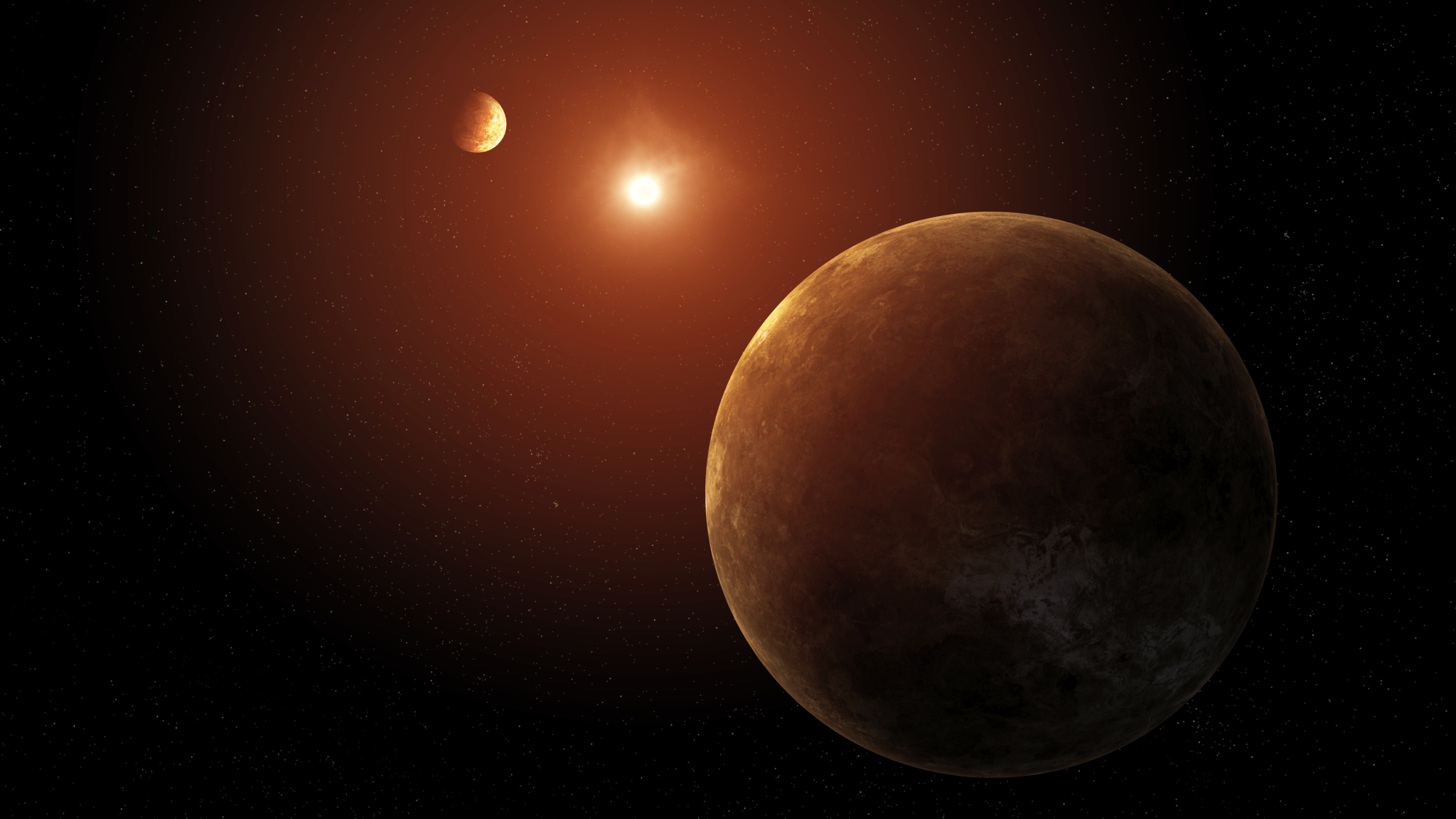
NASA/Daniel Rutter
A system of seven sweltering planets has been revealed by continued study of data from NASA’s retired Kepler space telescope: Each one is bathed in more radiant heat from their host star per area than any planet in our solar system. Also unlike any of our immediate neighbors, all seven planets in this system, named Kepler-385, are larger than Earth but smaller than Neptune.
It is one of only a few planetary systems known to contain more than six verified planets or planet candidates...
Read More








Recent Comments